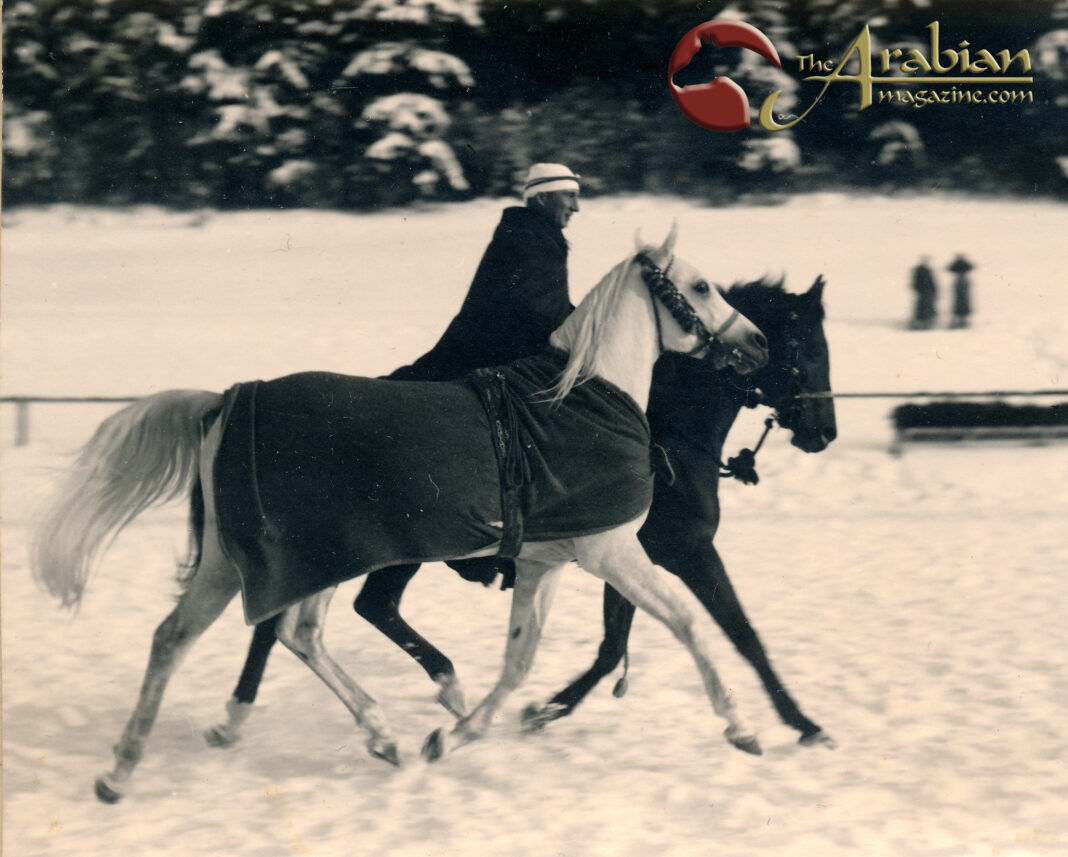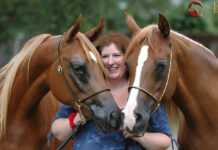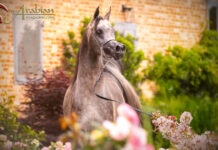High on the Swabian Alb, amid the beautiful and unique landscape distinguished by UNESCO as a biosphere reserve, lies the parish of Gomadingen. It is not only a centre of tourism, but also the home of Marbach State Stud.
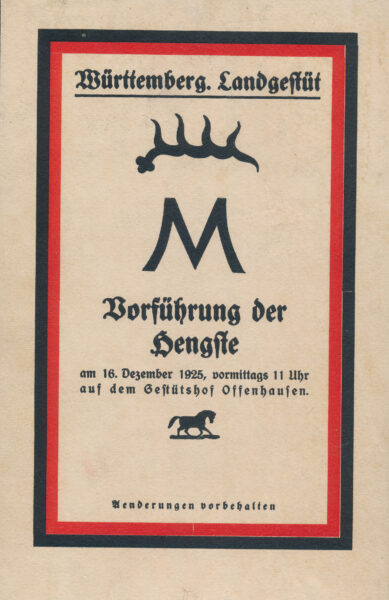
Marbach is Germany’s oldest state stud and one of the oldest stud farms in all of Europe. It was first mentioned in documents dating from 1514, but may actually be some years older. In 2025, it is celebrating a very special anniversary: 100 years of stallion and stud parades.
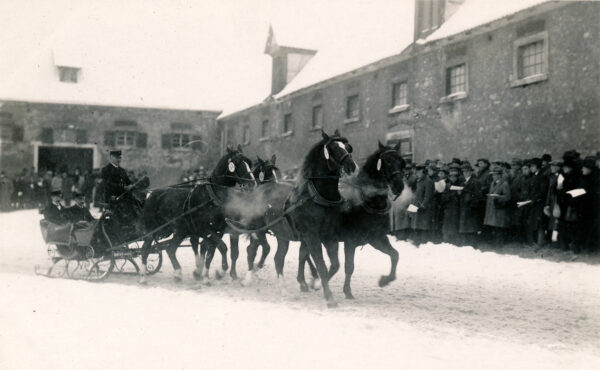
The purpose of a state stud is not just to breed horses, but primarily to provide stallions at affordable fees for the use of private breeders. On 16 December 1925, Marbach held its first public stallion presentation at Offenhausen, one of several outlying farms that are part of the state stud. Today, Offenhausen houses Marbach’s AI facilities and the stud museum.
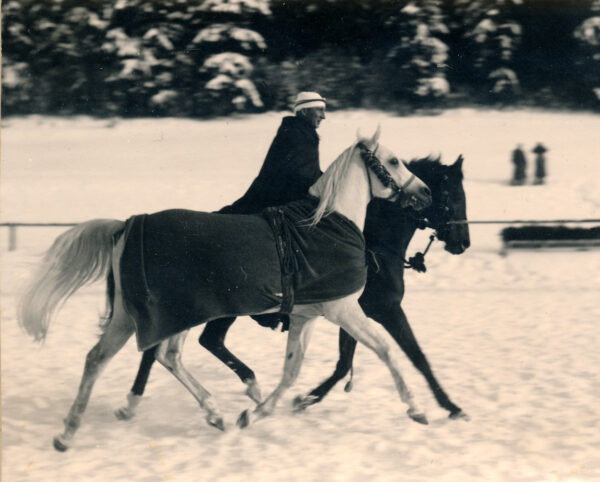
This first presentation was meant to give mare owners the opportunity to view and compare all available stallions before these were distributed to the breeding stations throughout the state, which was then still Württemberg. Between 800 and 1,000 spectators came to see the stallions – a huge success for the stud and its Director at the time, Karl Storz, and the start of a new tradition.
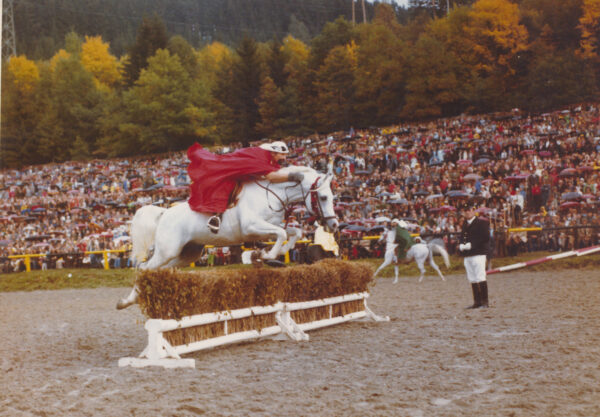
The year 1932 brought something new and significant to Marbach: a herd of Arabian horses formerly owned by Princess Pauline, great-granddaughter of King Wilhelm I of Württemberg. Back in 1817, King Wilhelm had founded the first pure Arabian breeding programme in Western Europe at Weil near Stuttgart, based on original imports secured by his agents during long and arduous journeys to Arabia. Most famous among them was the grey stallion Bairactar (1813 – 1838), whose sire line is still represented at Marbach today and can be found throughout the world. The breeding programme was continued by the king’s successors and eventually by Princess Pauline, who made a significant contribution herself by importing the stallion Jasir (Mabrouk x Negma) from Egypt in 1930. When in 1932 she was unable to continue the stud for economic reasons, she gave the remaining horses to Marbach, state stud of her family’s former kingdom. The often-quoted story that King Wilhelm’s testament stated the breeding programme must never be disbanded appears to be a myth, but it is one that his heirs have taken to heart, because it still continues to the present day at the state stud of what is now Baden-Württemberg.
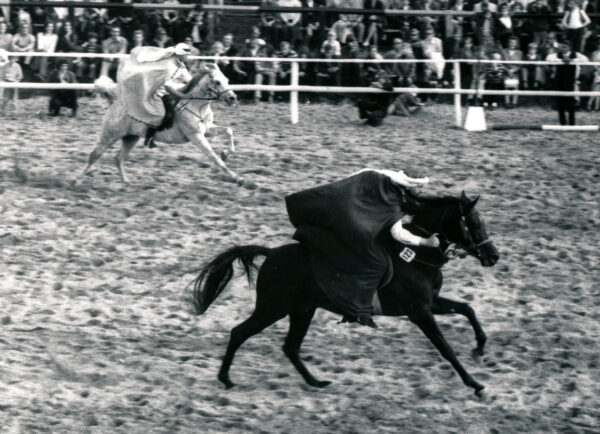
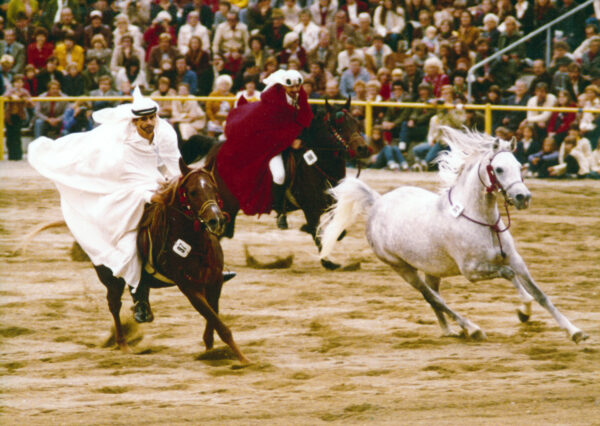
In 1949, Dr Georg Wenzler became the Stud Director of Marbach. The annual stallion presentations were attracting more and more spectators, so additional space was needed. From 1950, they were held at the new parade ground at the main stud, the area where the riding school is located today. Beginning in 1958, the presentations were moved backward to a new date in autumn, which was more comfortable for everyone since winters at Marbach were extremely cold with a lot of snow.
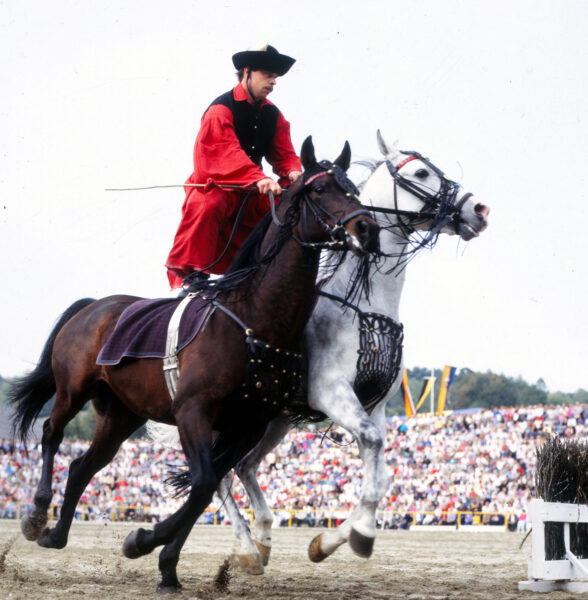
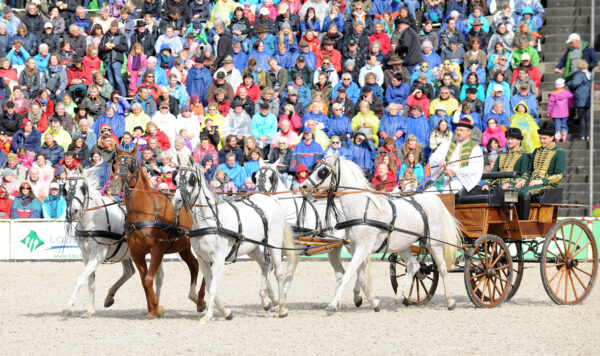
Dr Wenzler also took Marbach‘s Arabian breeding programme to a new level. He was responsible for the importation of the important stallion Hadban Enzahi (Nazeer x Kamla), foaled in 1952 at Kafr Farouk, now known as El Zahraa, in Egypt. Hadban Enzahi and his offspring had a huge influence on Arabian breeding at Marbach and throughout the world and established Marbach’s reputation as one of the most famous and important Arabian studs in the world.
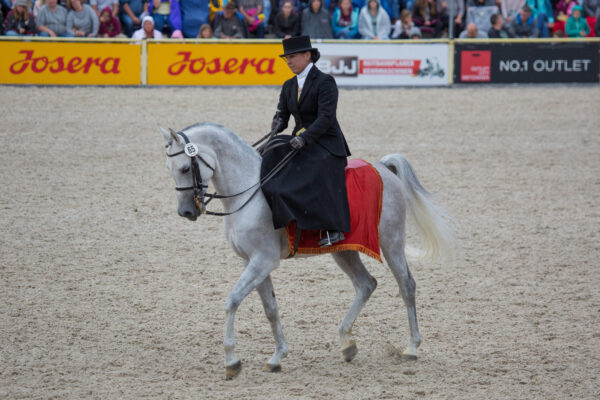
In 1970, Dr Wenzler imported another stallion from Egypt as an outcross: the black Gharib (Anter x Souhair), foaled in 1965 at El Zahraa. He, too, would greatly influence Arabian breeding on a worldwide scale.
In 1978, the stallion presentations once again moved to a new venue, but within the grounds of the main stud. Dr Wolfgang Cranz, Stud Director from 1974, had a brand new arena built, with grandstands to seat 8,650 people. The stallion presentations had become hugely popular, so even more space was needed to accommodate the ever-increasing number of spectators.
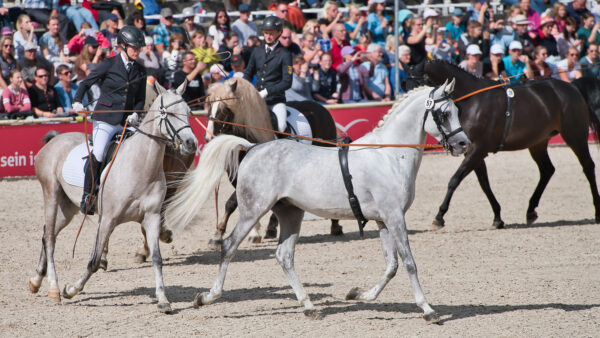
Under Dr Helmut Gebhardt, who became Stud Director in 1994, the stallion presentation was renamed ‘stallion parade’, but it is actually a stallion and stud parade. What had begun as a simple presentation of the breeding stallions in 1925, had now become a huge equestrian festival for the whole family.
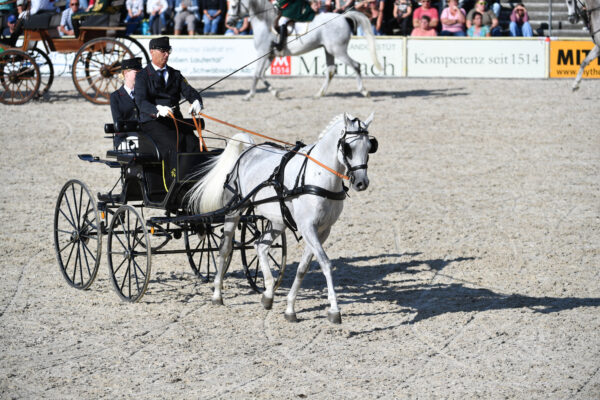
Since 2007, Dr Astrid von Velsen-Zerweck has been Stud Director at Marbach, and she added something new as well. Each year, a guest country is now invited to present its horses and traditions at the stud parade. Many have already followed that invitation, including the famous Lipizzaners of Lipica/Slovenia.
In 2021, Dr von Velsen-Zerweck imported the stallion Nasheed al Amal Hoor (Hafez al Ahd Hoor x Aneedah), foaled in 2010 at the stud of Philippe Paraskevas in Egypt, and in 2022 the 20-year-old Nabor el Masan (Masan x Zayla) of old Marbach bloodlines from France. Their offspring at the stud are very promising.
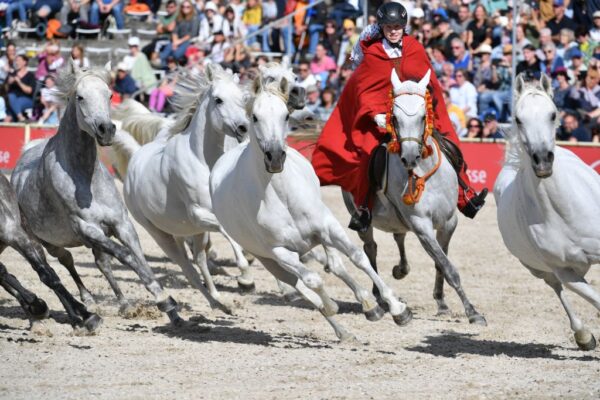
The former presentation of the stallions for local breeders has turned into a presentation of the stud’s different breeds and those of the guest country in colourful displays featuring traditional and historic costumes and harnesses, attended by a huge international audience. You can see ‘Bedouin’ riders, dressage displays and show jumping, carriages and quadrigas, vaulting, Black Forest draft horses under saddle, mares with their foals, stallions in dressage quadrilles, the breakneck Hungarian post with riders standing on the backs of two horses, and of course the famous ‘silver herd’ of Arabian mares floating around the ring. Marbach’s stallion and stud parades offer an action-packed and varied programme.
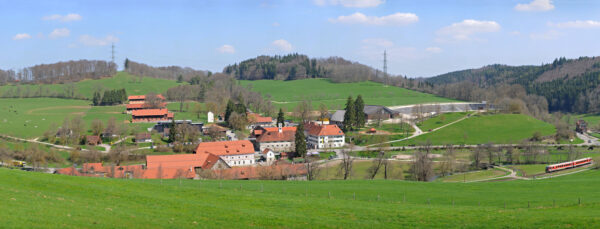
The 2025 anniversary parades are scheduled for 28 September, 3 and 5 October.
Additional information
Startseite – Infodienst – Haupt- und Landgestüt Marbach
www.hul.landwirtschaft-bw.de
Facebook – Marbach State Stud
Instagram – gestuetmarbach
YouTube
Report by Birgitta Frosch with additional reporting by Betty Finke. Photography unless stated Marbach Archives


